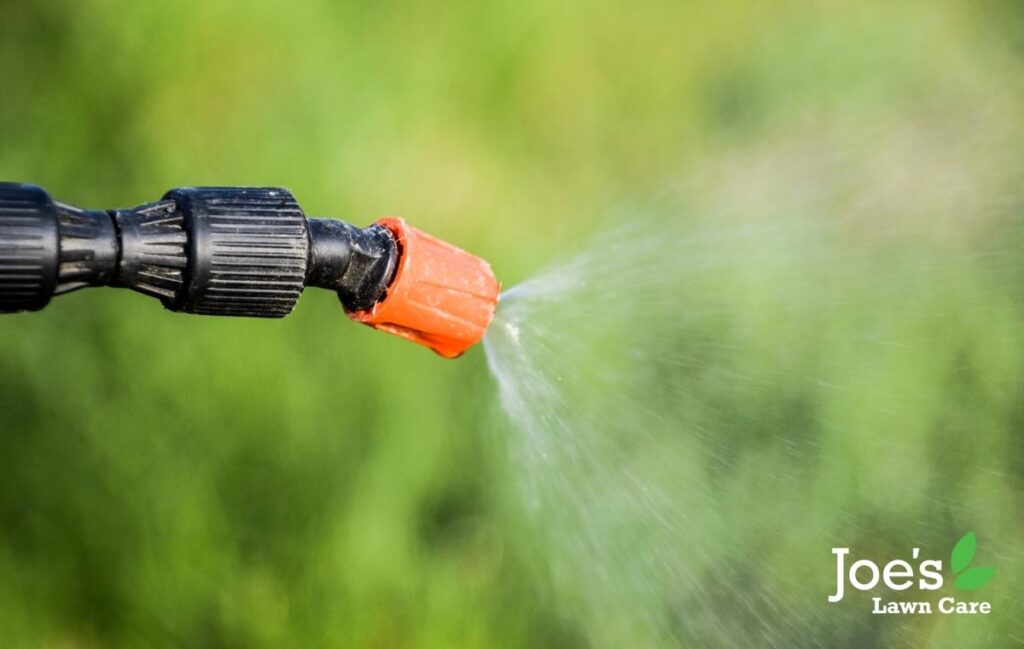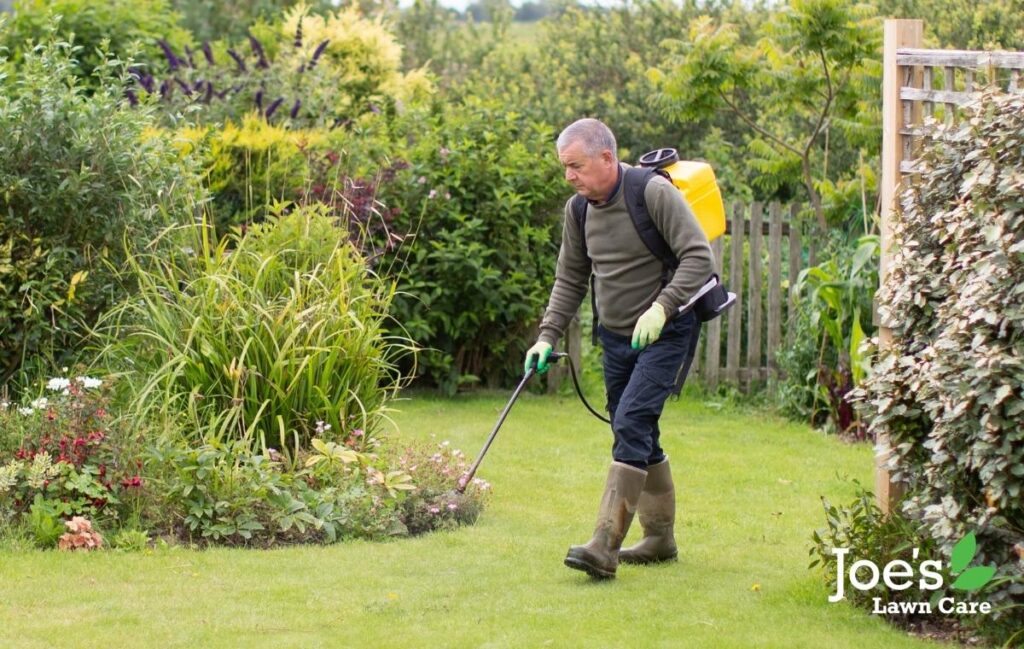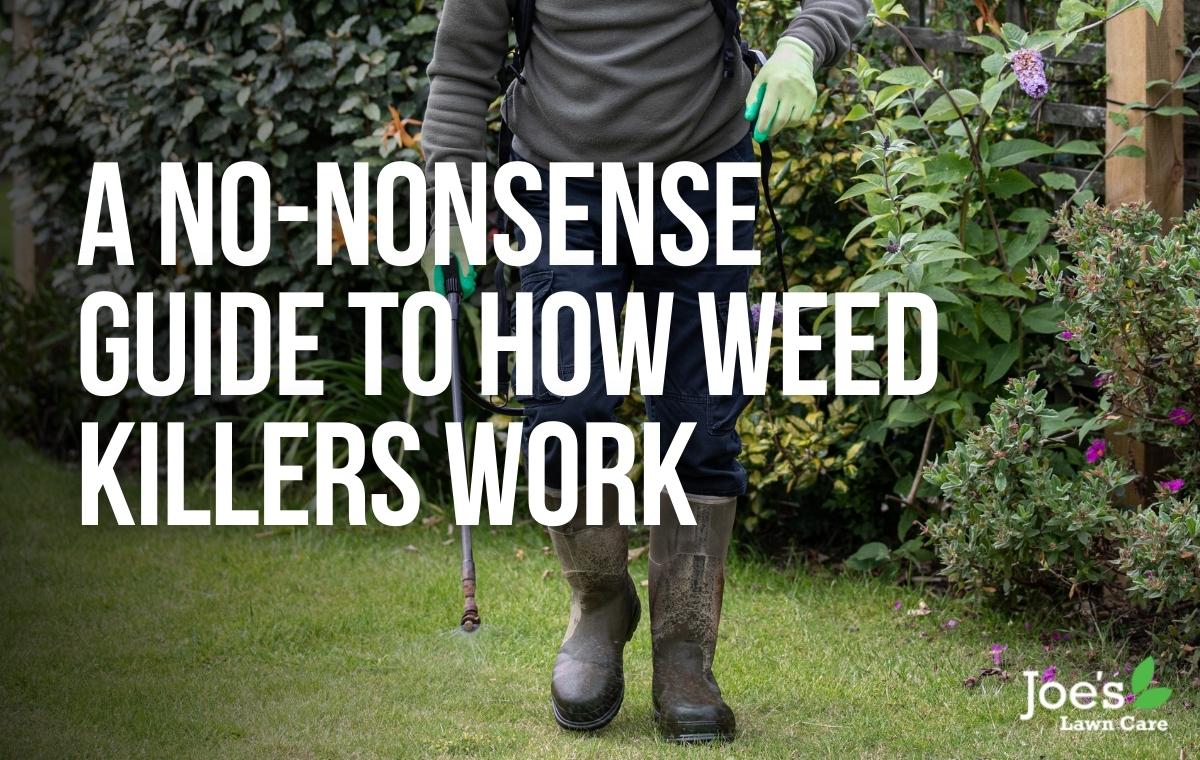A No-Nonsense Guide To How Weed Killers Work. There are a few things that can ruin a lawn, but none are as effective as weeds. None. Not only do they add a certain unsightliness to your garden, these uninvited guests have an uncanny ability to steal space, nutrients and sunlight from your grass. Luckily, there are a few ways to remove and kill weeds. From pulling them out by hand to dousing them with vinegar, there are options left, right and centre. Yet the most popular option has always been to deploy a weed control.
Of course, to understand how weed killers work to get the job done, we need to start off by understanding what exactly a weed is. Once you know that, and what different types of weed there are, you’re going to find it a whole lot easier to find the right weedkiller for your needs.

Understanding What Weeds Are:
The way we’ve always seen it, weeds are plants that grow where they’re not wanted. That’s the easiest way to describe them. But it’s not so much about them growing where they are unwanted and more about these uninvited plants wreaking havoc on your lawn as they compete with your grass for nutrients, space and sunlight. That’s the real problem.
Understanding What Weed Killers Are:
The second most annoying thing about weeds is the damage they can do. The first most annoying thing about weeds is how hard they are to remove without them either reappearing a few weeks later or spreading their seeds.
Traditionally, the only option was to pull them out by hand, which is both arduous, hard work and problematic. Unless you’re able to catch them before they germinate. That’s where weed killers come in. These controls have been purposefully made to be effective against different types of weed. Translation: whatever weed you have noticed in your lawn, there will be a weed killer ready to do the job.
Best Time To Use Weed Killers:
For the most effective results, you want to use them when your weeds are most active, typically spring and autumn, which is when they’ll absorb the weed killer more efficiently. That’s because most weed killers are designed to use the plants growing activity to their advantage, taking them down at a time when they are trying to absorb nutrients in order to grow.

The No Nonsense Guide To Different Types of Weed Killer:
Pre-Emergent Herbicides:
Made to eliminate weeds at the earliest stage of growth, pre-emergent herbicides will take down any weeds before they’ve had a chance to even appear. All you need to do is apply the weed killer in autumn, while perennial weeds are busy trying to store energy in their roots before they burst onto the scene in spring, especially common lawn weeds and broadleaf weeds. Just note that pre-emergent herbicides are almost entirely useless on weeds that have already germinated.
Post-Emergent Herbicides:
Yepp. You guessed it. These should be your go-to weed killer for weeds that have already managed to germinate. But you need to be quick as they are most effective when your weeds are still in their early stages, before they’ve started to produce seeds, which is when they really start to spread.
Selective Weed Killers:
Probably the most commonly used of the bunch, these weed controls will only kill specific species. But the reason they’re so popular is the way they focus on broadleaf weeds without causing any damage to your lawn; or at least most of them. So, make sure you check the label before adding them to your basket. The way they work is by stimulating weed growth to a point that cannot be sustained. That’s right. They actually force the weed to grow itself to death. Taking up to six weeks to do their job, just one application can keep your lawn weed-free for a whole season, if done right.
Non-Selective Weed Killers:
Would we recommend using this type of weed killer on your lawn? No. Definitely not. That’s because these broad spectrum weed killers will wipe out almost-anything it comes into contact with. But that’s exactly what makes them so effective at taking out weeds growing on your patio, driveaway, garden paths and any other hardscape place.
Systemic Weed Killers:
One of the strongest weed killers out there, systemic herbicides kill weeds from the inside out. Simply spray the leaves of a weed and then wait as the plant absorbs the chemicals and then moves it around, all the way down to the root. That’s what makes them the perfect solution to perennial weeds, even if they can take a few weeks to completely do the job.
Residual Weed Killers:
This type of weed killer works by stopping any weeds from arriving on the scene in the first place, which they do by creating a sort-of barrier within the soil that prevents any weed seeds from germinating. But here’s the best part: they can actually stay on the surface of your soil for months and months, making them a long-lasting solution to your weed problem, so long as you don’t disturb the soil too much.
Thanks for reading A No-Nonsense Guide To How Weed Killers Work, which are included in seasonal treatments from Joe’s. For more lawn care tips and tricks, follow us on Facebook and Instagram.





